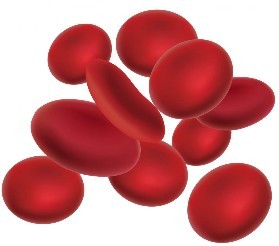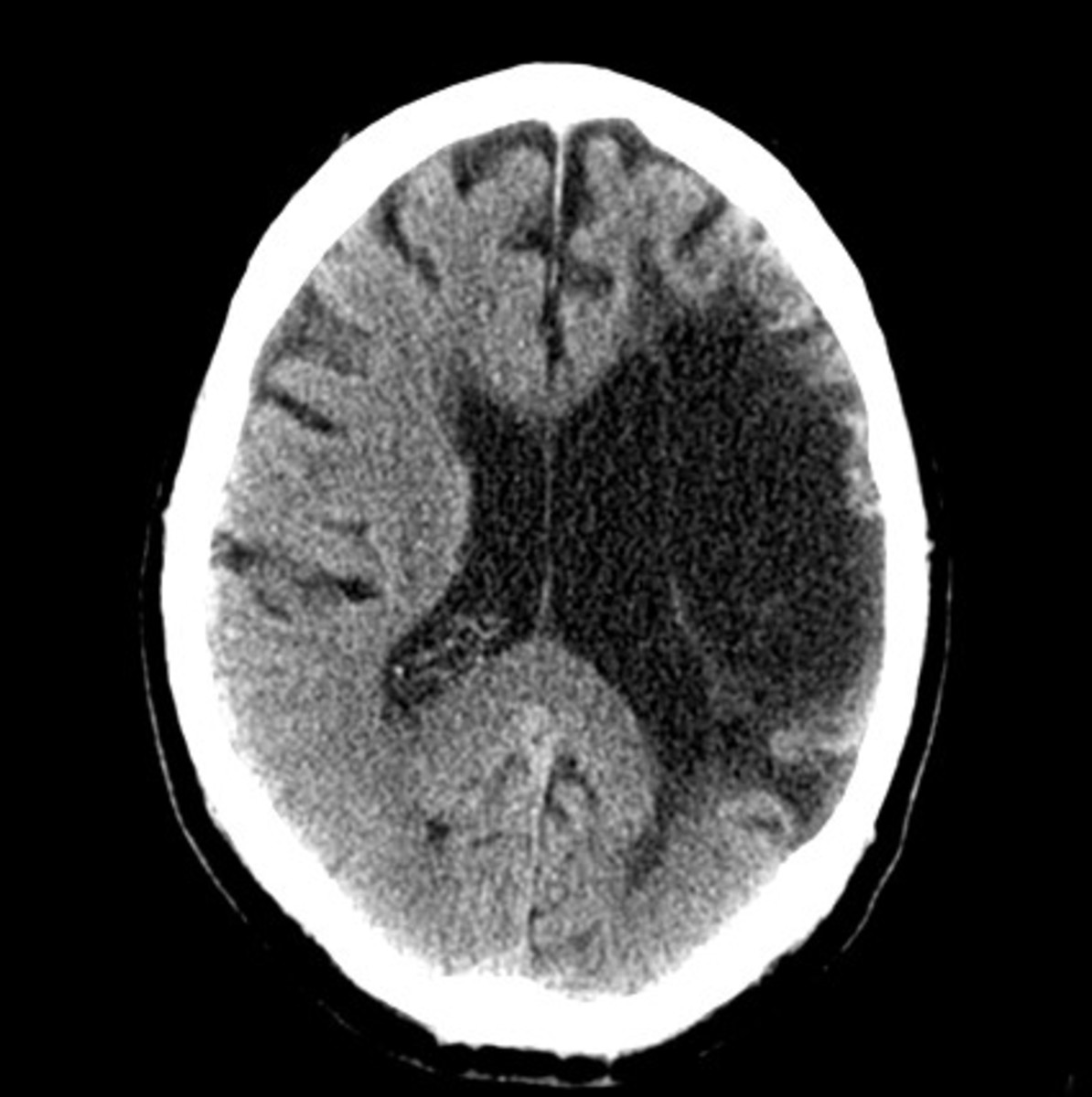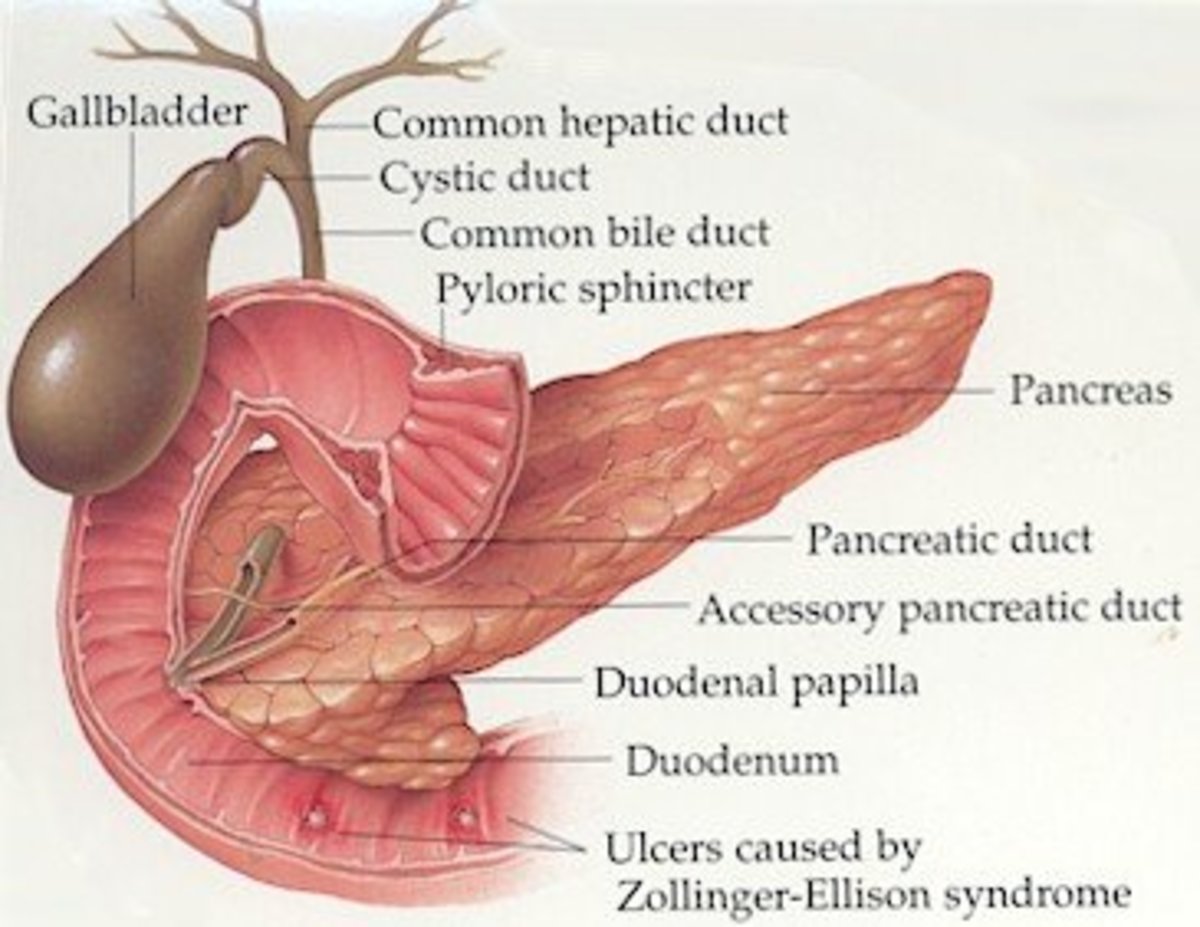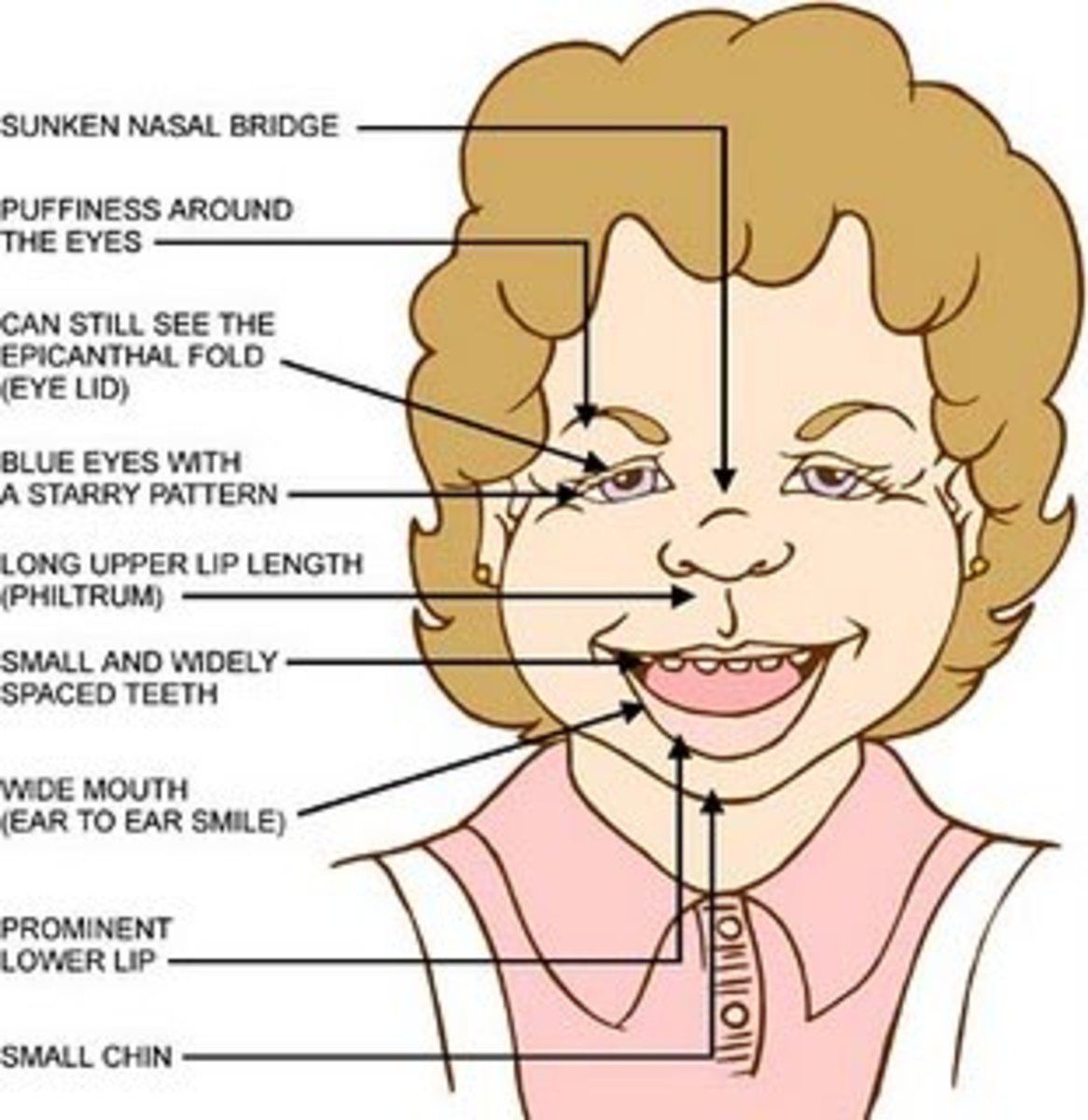Myelodysplastic Syndrome – Life Expectancy, Prognosis and Survival Rate
Myelodysplastic syndrome (MDS) or myelodysplasia is a critical blood disorder which is caused due to low blood count. Some types of MDS may be severe and life threatening whereas others though mild, bear risk to become critical with time. In MDS, the blood cells like white blood cells, red blood cells, and platelets are not produced by the bone marrow in a controlled fashion. This in turn affects the normal functioning of the blood cells. This problem if not cured, can even result into serious disorder called acute myelogenous leukemia, which grows rapidly.
The different types of blood cells perform the following different types of functions:
- The body is protected from infection by the white blood cells
- Oxygen through the body is carried by red blood cells
- Blood clots with the help of platelets
These cells are continuously removed by liver, spleen, and other organs. In order to keep up the count for normal functionality they have to be produced in the sufficient quantity by the bone marrow. If they are not produced efficienty, then there are increased risks of infection, bleeding, and anemia. Anemia related problems occur due to the deficiency of red blood cells which causes problems such as heart failure, breathlessness, or fatigue.
The causes of Myelodysplastic syndrome may be different for different people. Novo MDS occurs on its own or it may also be caused after 1 to 15 years of exposure to chemotherapy or radiation, used for MDS related treatments. There is no age range for MDS, it can also occur in childhood but mostly it is diagnosed in people above the age of 60 years.
Symptoms
The symptoms of Myelodysplastic syndrome may not be visible until very late and may need laboratory tests to be conducted for diagnosis. The symptoms depend on the severity of the disease. If the symptoms are prominent they may be due to the following problems:
- Symptoms due to low blood count or anemia: weakness, fatigue, feeling tired quickly, dizziness, chest pain, looking pale, shortness of breath, or trouble in thinking clearly
- Symptoms due to low platelets: easy bruising or bleeding which can be life threatening
- Symptoms of loss in white blood cells include easy and frequent infection, fever, and weightlessness.
Diagnosis
As the symptoms of MDS are not visible, it can be diagnosed with laboratory tests like:
- A regular blood test which indicates the count of platelets, red and white blood cells
- Blood smear which examines the number, shape, size and type of blood cells under a microscope
- Cytogenetic analysis of the bone marrow cells. It detects any chromosome changes in the patients, which can decide the way patients will respond to some treatments
- A sample of bone marrow is removed to perform bone marrow aspiration through biopsy, to examine them for abnormal cells under a microscope.
Treatment
There are many options available for the prevention of MDS complications and to control the symptoms but there is no cure for MDS apart from blood and bone marrow transplantations. These treatments improve the survival rates of patients and inhibit the conversion to acute myelogenous leukemia. The treatment options available are:
- Chemotherapy: It is used to curb the production of abnormal blood components in DNA methylation. It is used with hypomethylating agents. The drugs include azacytidine, Decitabine and Lenalidomide. Decitabine and azacytidine reduce the risk progression, improve blood count and increase the quality of life.. These drugs are quite costly but they reduce the blood transfusion requirement, so the life expectancy of the MDS patients is increased.
- Blood transfusion: Blood transfusion is another option involving high cost as blood components are transfused to normalize the counts of different blood cells.
- Stem cell transplantation: This type of transplantation is done only in severe cases where the non functional stem cells are replaced with compatible donor’s stem cells.
- Iron chelation therapy: This is done to decrease the iron over load in the blood.
Myelodysplastic syndrome life expectancy, survival rate and prognosis
Survival rate is associated with the person’s prognosis (outlook). It is a standard used by doctors to look at the life expectancy of the patients and tell them their chances of surviving the disease for a period of time. This survival rate can be calculated by different ways, the median survival is the most common way to measure the life expectancy of people in a group. The middle value is calculated based on the survival of the patients suffering with MDS in past and 50 percent of the patients are expected to live longer than this period while the other half are expected to die before that time period. The survival rate depends on the stages of the MDS and the following data is based on International Prognostic Scoring System (IPSS) which does not include the survival of patients with intensive problems and chemotherapy. IPSS risk group and their median survival are stated below:
- Low: 5.7 years
- Int-1: 3.5 years
- Int-2: 1.2 years
- High: 5 months
Myelodyplastic Syndrome Picture






